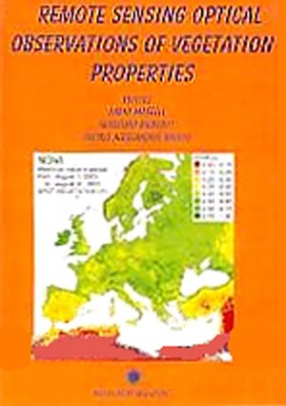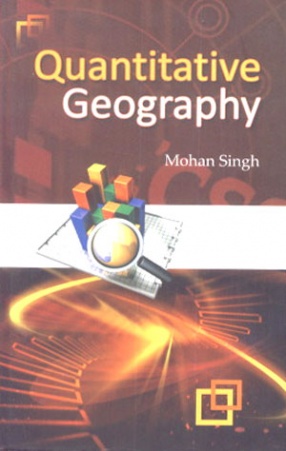Terrestrial vegetation exerts a decisive role in regulating the energy and mass exchanges which occur between the solid earth and the atmosphere. Forests, grasslands and agricultural lands control the global production of food, wood and other materials and require the application of effective management practices directed towards sustainable development. Monitoring vegetation on different spatial and temporal scales is therefore becoming increasingly important to assess and mitigate the environmental changes which affect most of the globe. Optical remote sensing techniques, which capture the conversion of radiant energy into biomass, can offer a fundamental contribution to this objective thanks to their capacity to provide information on basic vegetation properties.
This possibility, however, is practically constrained by a number of factors. First, the spectral features of plant leaves and canopies are linked to relevant bio-physical and bio-chemical properties through complex and often not univocal relationships. Next, the use of aircraft or satellite remote sensing techniques is complicated by a series of factors which can deteriorate the information content of the data acquired (radiometric instabilities, atmospheric effects, sampling in space and time, heterogeneity of the observed land surfaces, etc.). The remote sensing community has invested great efforts to cope with these issues, reaching various degrees of success. The research lines which are presently receiving greatest attention are: Development and testing of methods to extract information on specific vegetation properties (plant type, canopy structure, leaf chlorophyll and water content, fraction of photosynthetic active radiation absorbed, etc.) from hyper-spectral, multi-directional data sets taken at various spatial and temporal resolutions.
This book reviews the major research lines which are currently open in these fields. The ten chapters cover both theoretical and practical issues. Most of the material is focussed on the use of reflectance imagery acquired in the visible-middle infrared range of the electromagnetic spectrum, and two chapters deal with the application of fluorescence and thermal infrared data. Globally, the book is aimed at supplying interested students, scientists and professionals with updated information on the basic theory and the most important applications of vegetation remote sensing.





There are no reviews yet.